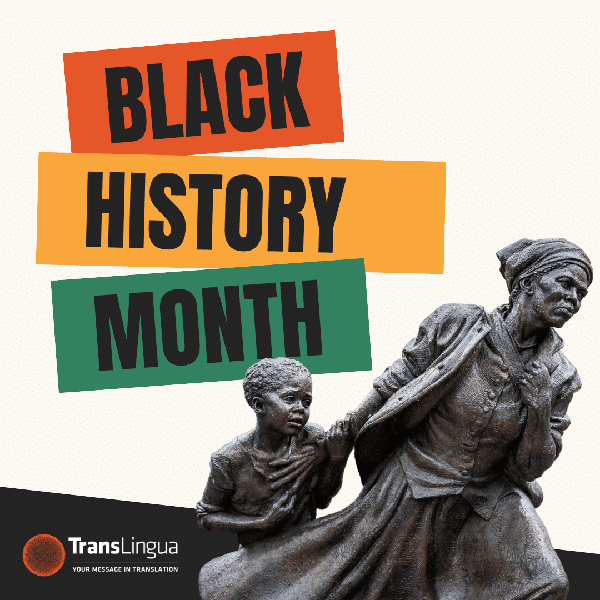

The Underground Railroad was not underground nor was it a railroad. It is rather a picturesque name for a secret network created by those who were enslaved and abolitionists to help enslaved people escape from the plantations in the Southern United States. It was called “underground” because of its secretive nature and “railroad” because trains were an emerging form of transportation.
Because of this connection, they often used the same words to talk about their work as were used in railroad jargon. Thus, a code was created which they used in everyday conversation, and people would think they were talking about the railroad, not about “runaways.”
Agents
Sympathizers who helped enslaved people connect to the Railroad Station
Baggage, Cargo, Freight or Passengers
The individuals who were traveling/escaping
Conductors
Guides who helped those who were enslaved escape; Harriet Tubman was a famous conductor on the Underground Railroad
Station Master
Those who provided hiding places for the fugitives
Stations or Depots
Hiding places such as safe houses, basements or barns
Stockholders
Financial supporters who donated to the Underground Railroad
Terminal, Heaven, or Promised Land
Canada and the northern free states
Tracks
Routes fixed by abolitionist sympathizers
During the time of the Underground Railroad it was illegal to teach those who were enslaved to read and write, so for most of them, singing was their main form of communication. Through singing, call and response, and hollering, they coordinated their labor, communicated with one another across adjacent fields, bolstered weary spirits, and commented on the oppressiveness of their masters.
Harriet Tubman and other enslaved people used songs as a strategy to communicate with each other in their struggle for freedom. For example, many of them talked about “going home” or “being bound for the land of Canaan.” They were not singing about dying or going to heaven, as it might have appeared. They were singing about going north to Canada and freedom. Then there were signal songs that gave directions on how to escape and map songs that provided meeting spots.
Another type of communication along the Underground Railroad was the unspoken kind: The hoot of an owl to convey certain messages. “All Clear” was conveyed in safe houses using a lighted lantern placed in a specific location. Knocks on doors used a coded series of taps as symbols of identity.
The enslaved Africans were challenged not only to learn the languages of their slave owners but also to also create a form of speech uniquely their own. Thus, early in their North American experience, they began to lay the foundation of a linguistic combination that would eventually be classified as black English. In other places, like Africa, Central and South America, as well as the Caribbean, those who were enslaved created their own languages, today known as Creole. Each region, country or island has its own unique version of Creole… to be continued in a future edition of LANGUAGE MATTERS.